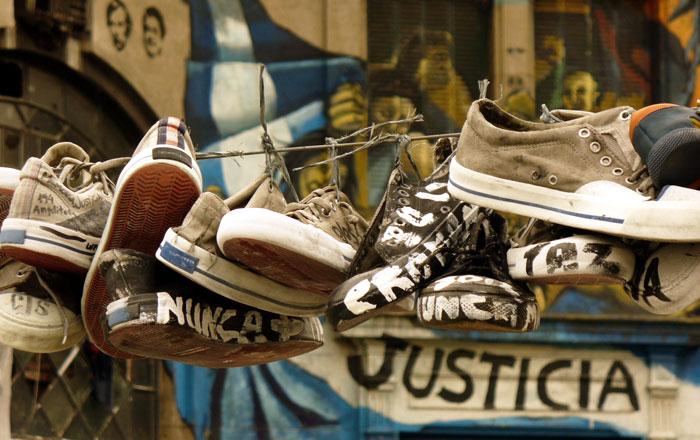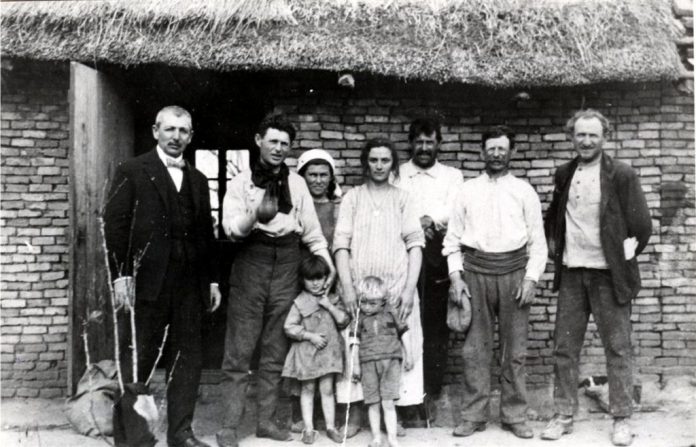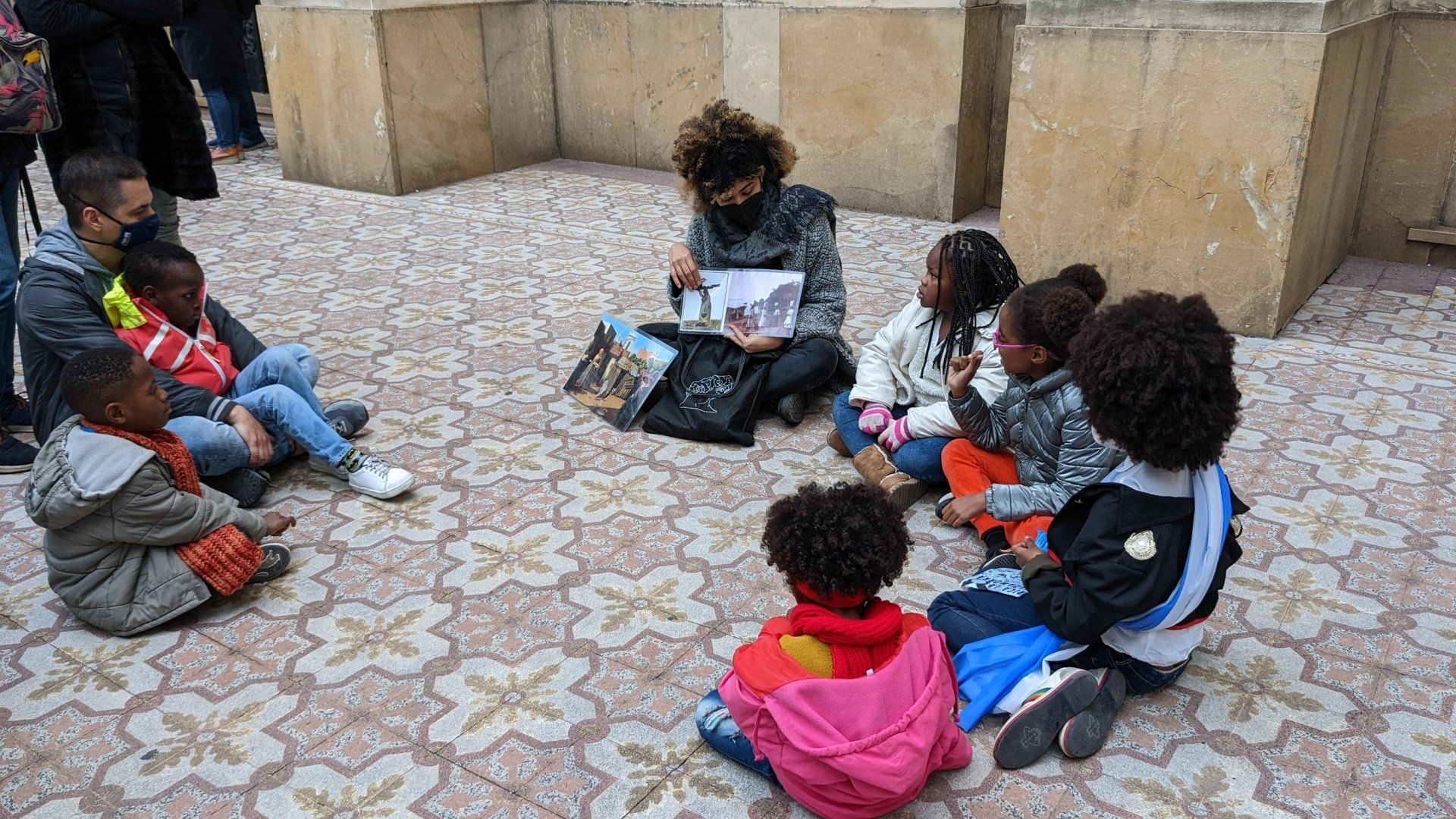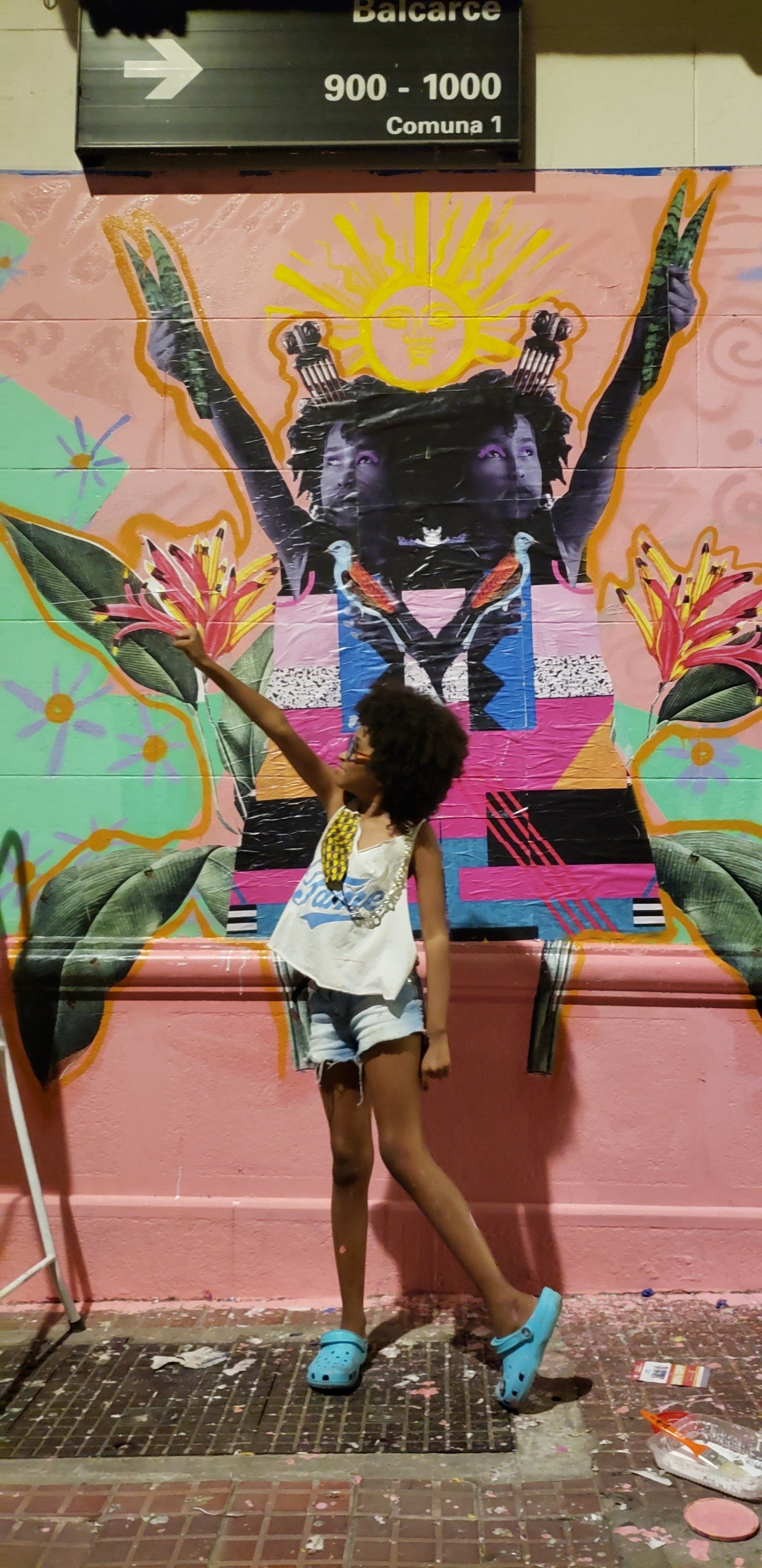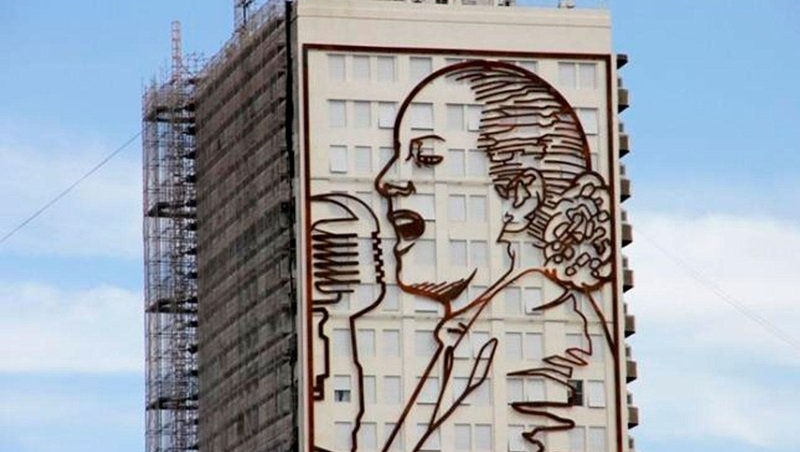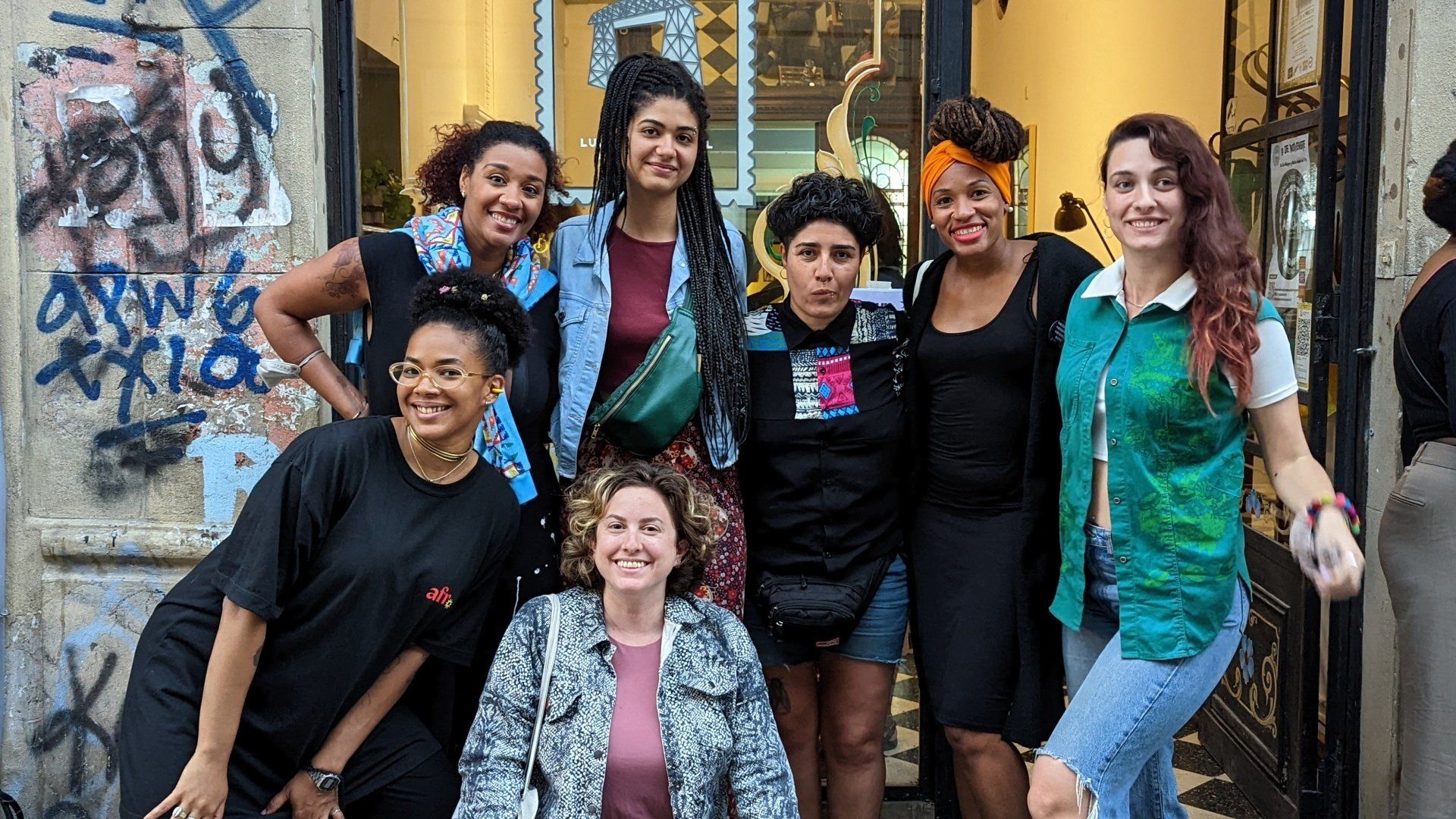Argentine Money, Explained
Argentine currency is messy. Its value changes daily, there’s an official rate, a parallel “blue” rate, different looking notes, reduced daily ATM withdrawal fees, and navigating it can be frustrating. Do not worry though, we’ve got you covered!
Here’s how to get the best value for your money when you travel to Buenos Aires and across Argentina.

The official currency in Argentina is the Argentine Peso (ARS).
There are coins of 1, 5 and 10 ARS and notes of 20, 50, 100, 200, 500, 1000 and 2000 ARS. Some of them have national figures like Evita Perón or San Martín; others will feature animals. They are all valid.
Argentina has been dealing with lots of economic problems lately, experiencing an annual average inflation rate of over 100% for the last year. During this period, the 200, 500 and 1000 peso bills were introduced, and the 2 and 5 peso bills were decommissioned.
To shield their savings from the effects of inflation, locals save in USD as many things (like property, gas, cars, etc) will be “tied up” to the value of the dollar.
You will notice locals know quite a bit about the economy, since they are always finding creative ways to buy dollars, despite the restrictions enacted by Argentina’s dollar-starved government which needs them to pay its international creditors.
Exchanging Money
OFFICIAL RATE
To sell dollars legally, you need to go to an official money teller, where you’ll be required to present your passport and asked to provide your accommodation address. It is a time-consuming process: in the busy summertime it’s common to wait up to an hour to exchange money. Despite the fact that this is the legal way of changing currency, you will get about 40% of the price you’d get if you exchange in the “blue” market.
BLUE MARKET RATE
The “blue” market is the unofficial, free-trading currency exchange market, where you can get up to double the amount of ARS than you would trading in the official currency tellers.
You will find the “blue” market in Florida Street, where traders known as arbolitos (little trees... full of green dollars!) will shout “Cambio, Money Exchange, Troco” and arrange a value before taking you to often shady looking offices to do the trade. We only suggest that you exchange in the blue market if your travel agent has a recommended arbolito, since changing on Florida Street can be a gamble and scams are sadly common. Trusted arbolitos will go to your hotel upon request.
CREDIT CARD AND ATM RATE
If you purchase items with your credit card you will get a similar rate to the blue USD.

So... how do I get the best value for my money?
STAY CLEAR OF ATMS
You can withdraw your money easily at ATMs across Buenos Aires at the official rate, but there are daily caps to the amount of money you can withdraw, and the withdrawal fees are very high (between 5-20 USD for a 50 USD withdrawal).
BRING 100 USD NOTES TO EXCHANGE
Both the official and unofficial markets will take different notes at different values. Usually 50 and 100 dollar notes have better exchange rates than small notes.
USE SMALL NOTES FOR TIPPING
If you brought small notes, don’t exchange them: they are worth around 10% less than big notes. Instead, use them to tip your guide, driver or waiter.
EXCHANGE ENOUGH IN BUENOS AIRES FOR ALL YOUR TRIP
Buenos Aires has the best exchange rate across Argentina. Plan to exchange enough for the rest of your trip when you stop at Buenos Aires, since finding good exchange rates -official or “blue”- outside of the city is rare.
